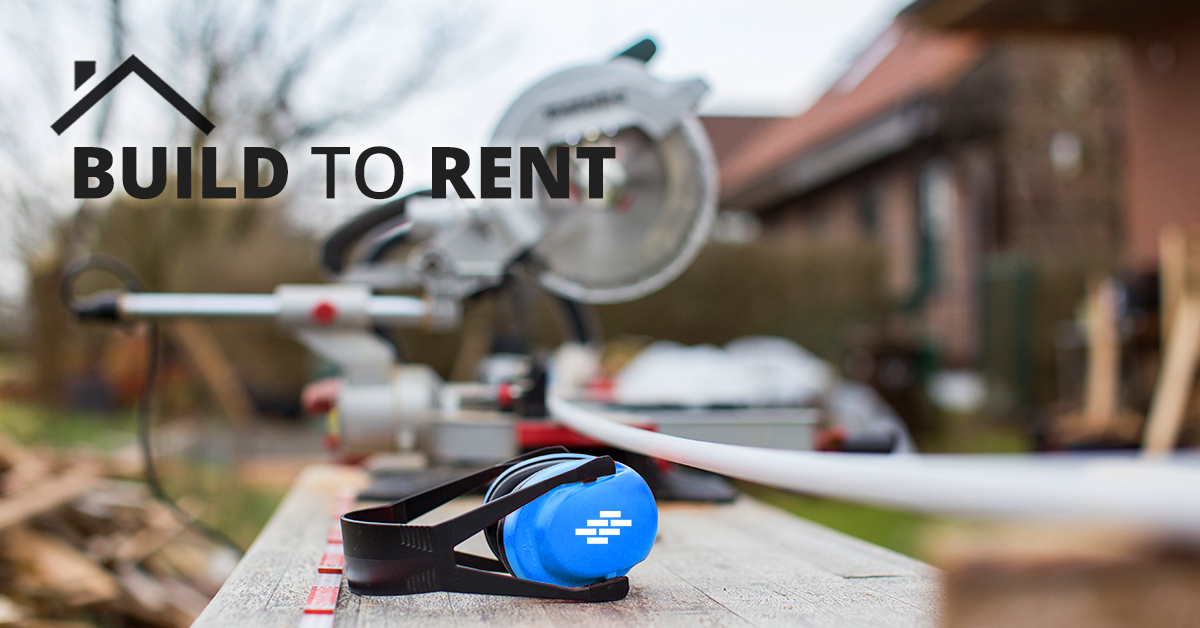
CoreVest Doubles Down on Rental Properties with Build-to-Rent Loan Program
CoreVest has already financed $200 million in rental properties, committed $20 million in June alone
This article originally appeared on Housingwire.com
Build-To-Rent Complete, CoreVest’s new program, will provide construction financing for the development of new rental properties along with long-term financing once the projects have been completed and stabilized.
“Investors now have a reliable one-stop solution to finance their build-to-rent projects,” CoreVest COO Ryan McBride said in a statement.
“Our Build-To-Rent Complete program is an easy, scalable financing program for experienced developers. We provide certainty of funding not only during the construction of build-to-rent properties, but also long-term financing once projects have been stabilized,” he added.
The program targets seasoned investors looking for loans in the $3 million to over $25 million range. Prior to launching this program, CoreVest already financed over $200 million in stabilized build-to-rent projects. The new program is the crystallization of the build-to-rent business line.
“Build-to-rent is rapidly becoming a meaningful part of the single-family rental market. We know many investors who are pursuing this strategy in response to the strong demand from renters. Our Build-To-Rent Complete program is another example of us listening to the market and being first to develop loan products that are relevant to investors,” CoreVest CEO Beth O’Brien said in a statement.
In June alone, CoreVest committed over $20 million in financing for multiple new build-to-rent projects in North Carolina and Texas. Those funds are being used to construct new single-family homes and townhomes.
“Whether it’s bridge financing for large multifamily projects, long-term loans for single-family rentals, or Freddie Mac loans, we can offer borrowers a range of attractive financing solutions. Regardless of the product, we pride ourselves on being flexible, timely and the lender that our customers can grow with,” O’Brien added.
View the full article here.